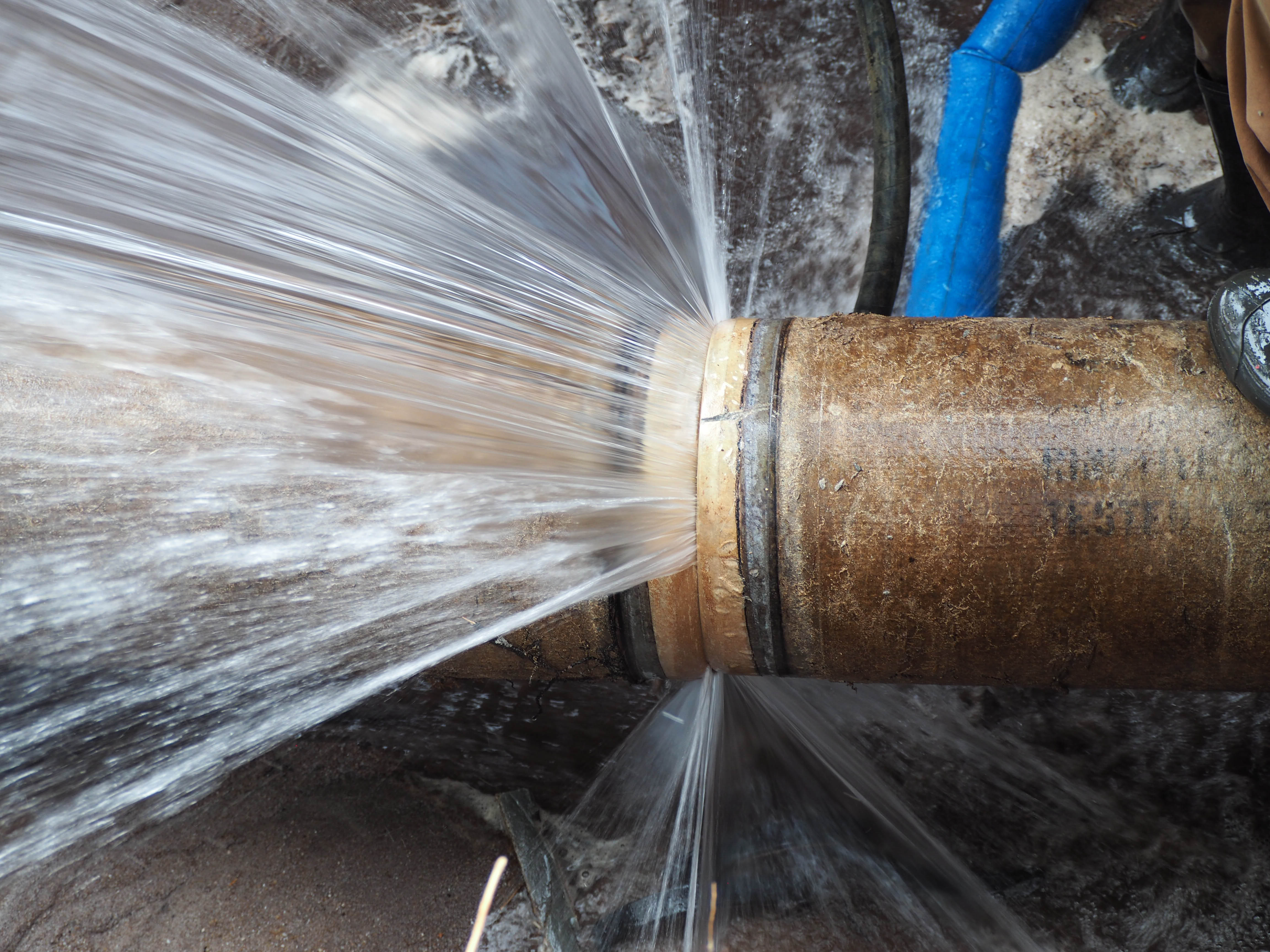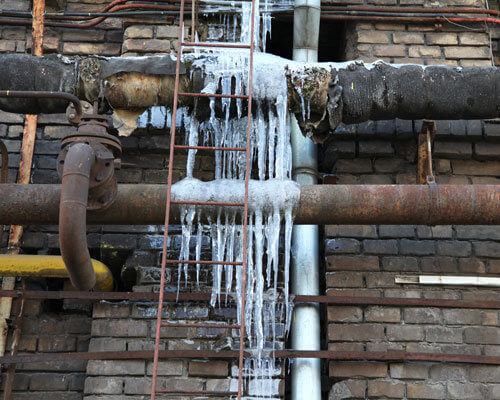Advice for Preventing Frozen Plumbing in Winter: Specialist Advice
Advice for Preventing Frozen Plumbing in Winter: Specialist Advice
Blog Article
This article in the next paragraphs in relation to Helpful Tips to Prevent Frozen Pipes this Winter is indeed entertaining. You should check this stuff out.

Winter can damage your plumbing, specifically by freezing pipes. Below's exactly how to prevent it from taking place and what to do if it does.
Intro
As temperatures decline, the danger of icy pipes rises, potentially leading to costly repair services and water damages. Comprehending how to avoid icy pipes is critical for house owners in cool climates.
Avoidance Tips
Protecting vulnerable pipes
Cover pipes in insulation sleeves or utilize heat tape to protect them from freezing temperatures. Concentrate on pipelines in unheated or external locations of the home.
Home heating strategies
Maintain indoor areas sufficiently warmed, especially areas with pipes. Open up closet doors to allow warm air to flow around pipelines under sinks.
How to identify frozen pipes
Try to find lowered water circulation from taps, uncommon odors or noises from pipes, and visible frost on subjected pipes.
Long-Term Solutions
Structural modifications
Think about rerouting pipes away from exterior wall surfaces or unheated areas. Add extra insulation to attic rooms, cellars, and crawl spaces.
Upgrading insulation
Invest in top quality insulation for pipes, attic rooms, and wall surfaces. Proper insulation assists preserve consistent temperature levels and minimizes the risk of icy pipes.
Protecting Outside Pipes
Garden tubes and outdoor faucets
Detach and drain pipes garden pipes before winter season. Mount frost-proof spigots or cover outside taps with shielded caps.
Understanding Icy Pipes
What triggers pipes to freeze?
Pipelines ice up when exposed to temperatures below 32 ° F (0 ° C) for prolonged periods. As water inside the pipes ices up, it expands, putting pressure on the pipe wall surfaces and possibly causing them to burst.
Threats and problems
Icy pipes can lead to water supply interruptions, building damage, and pricey fixings. Ruptured pipes can flooding homes and create comprehensive architectural damages.
Indications of Frozen Water Lines
Identifying frozen pipes early can avoid them from rupturing.
What to Do If Your Pipelines Freeze
Immediate activities to take
If you think frozen pipelines, maintain taps open up to relieve pressure as the ice melts. Make use of a hairdryer or towels taken in warm water to thaw pipelines gradually.
Final thought
Protecting against frozen pipes calls for proactive steps and quick reactions. By understanding the causes, indicators, and safety nets, house owners can secure their pipes throughout cold weather.
5 Ways to Prevent Frozen Pipes
Drain Outdoor Faucets and Disconnect Hoses
First, close the shut-off valve that controls the flow of water in the pipe to your outdoor faucet. Then, head outside to disconnect and drain your hose and open the outdoor faucet to allow the water to completely drain out of the line. Turn off the faucet when done. Finally, head back to the shut-off valve and drain the remaining water inside the pipe into a bucket or container. Additionally, if you have a home irrigation system, you should consider hiring an expert to clear the system of water each year.
Insulate Pipes
One of the best and most cost-effective methods for preventing frozen water pipes is to wrap your pipes with insulation. This is especially important for areas in your home that aren’t exposed to heat, such as an attic. We suggest using foam sleeves, which can typically be found at your local hardware store.
Keep Heat Running at 65
Your pipes are located inside your walls, and the temperature there is much colder than the rest of the house. To prevent your pipes from freezing, The Insurance Information Institute suggests that you keep your home heated to at least 65 degrees, even when traveling. You may want to invest in smart devices that can keep an eye on the temperature in your home while you’re away.
Leave Water Dripping
Moving water — even a small trickle — can prevent ice from forming inside your pipes. When freezing temps are imminent, start a drip of water from all faucets that serve exposed pipes. Leaving a few faucets running will also help relieve pressure inside the pipes and help prevent a rupture if the water inside freezes.
Open Cupboard Doors
Warm your kitchen and bathroom pipes by opening cupboards and vanities. You should also leave your interior doors ajar to help warm air circulate evenly throughout your home.

As a passionate reader on How To Avoid Freezing Pipes, I figured sharing that piece of content was worth the trouble. Sharing is nice. Who knows, you will be doing someone a favor. I thank you for your readership.
Visit Url Report this page